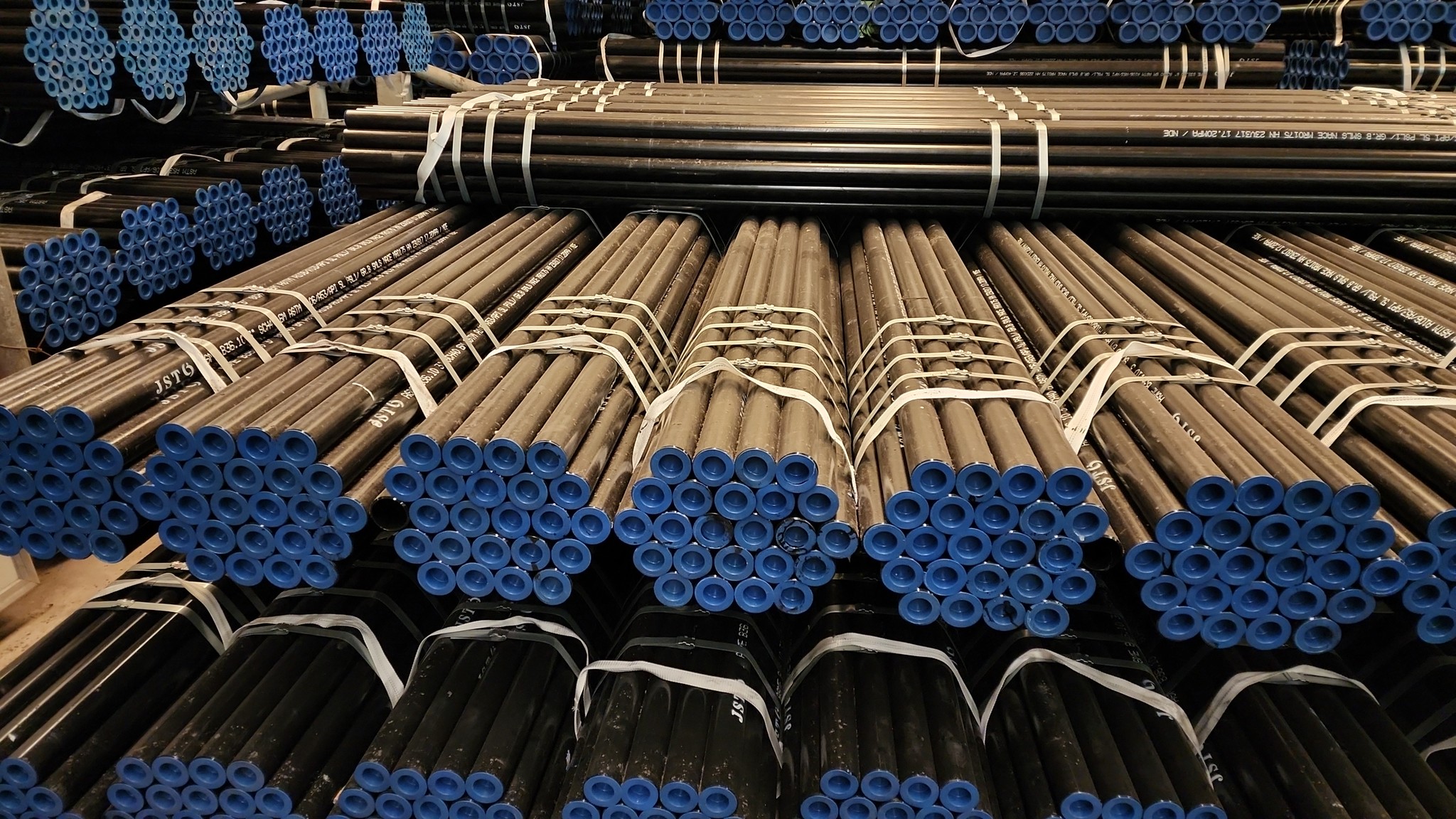Views: 0 Author: Joy Publish Time: 2025-01-15 Origin: Site








Cold-drawn steel pipe is one of the most widely used steel pipes in daily life. Cold-drawn steel pipe is a whole steel pipe produced by drawing, extrusion, perforation and other methods. There is no seam on the surface. The hollow cross-section is round, square and other shapes of pipes. It is made of steel ingots or solid tubes through perforation to make rough tubes, and then cold drawn.
In addition to general steel pipes, low and medium pressure boiler steel pipes, high pressure boiler steel pipes, alloy steel pipes, stainless steel pipes, petroleum cracking pipes, and other steel pipes, cold-rolled (drawn) seamless steel pipes also include carbon thin-walled steel pipes, alloy thin-walled steel pipes, stainless thin-walled steel pipes, and special-shaped steel pipes. The outer diameter of hot-rolled seamless pipes is generally greater than 32mm, and the wall thickness is 2.5-75mm. The inner diameter of cold-rolled seamless steel pipes can reach 6mm, and the wall thickness can reach 0.25mm. The outer diameter of thin-walled pipes can reach 5mm, and the wall thickness is less than 0.25mm. Cold rolling has higher dimensional accuracy than hot rolling.
The general heat treatment equipment process of cold drawn steel pipe is as follows:

1. Cold drawn steel pipe quenching and tempering: refers to the composite heat treatment process of quenching and tempering steel or steel parts. The steel used for quenching and tempering is called quenched and tempered steel. It generally refers to medium carbon structural steel and medium carbon alloy structural steel.
2. Annealing of cold drawn steel pipe: Common annealing processes - recrystallization annealing, stress relief annealing, spheroidizing annealing, complete annealing, etc. The purpose of annealing: mainly to reduce the hardness of metal materials, improve plasticity, facilitate cutting or pressure processing, reduce residual stress, improve the homogenization of organization and composition, or prepare the organization for subsequent heat treatment.
3. Quenching of cold drawn steel pipe: Common quenching processes include - salt bath quenching, martensite graded quenching, bainite isothermal quenching, surface quenching and local quenching. The purpose of quenching: to enable steel parts to obtain the required martensitic structure, improve the hardness, strength and wear resistance of the workpiece, and prepare the organization for subsequent heat treatment.
4. Normalizing of cold drawn steel pipe: The purpose of normalizing is mainly to improve the mechanical properties of low carbon steel, improve machinability, refine grains, eliminate organizational defects, and prepare the organization for subsequent heat treatment.
5. Tempering of cold drawn steel pipe: Common tempering processes include low temperature tempering, medium temperature tempering, high temperature tempering and multiple tempering. The purpose of tempering is mainly to eliminate the stress generated by steel parts during quenching, so that the steel parts have high hardness and wear resistance, and have the required plasticity and toughness.
